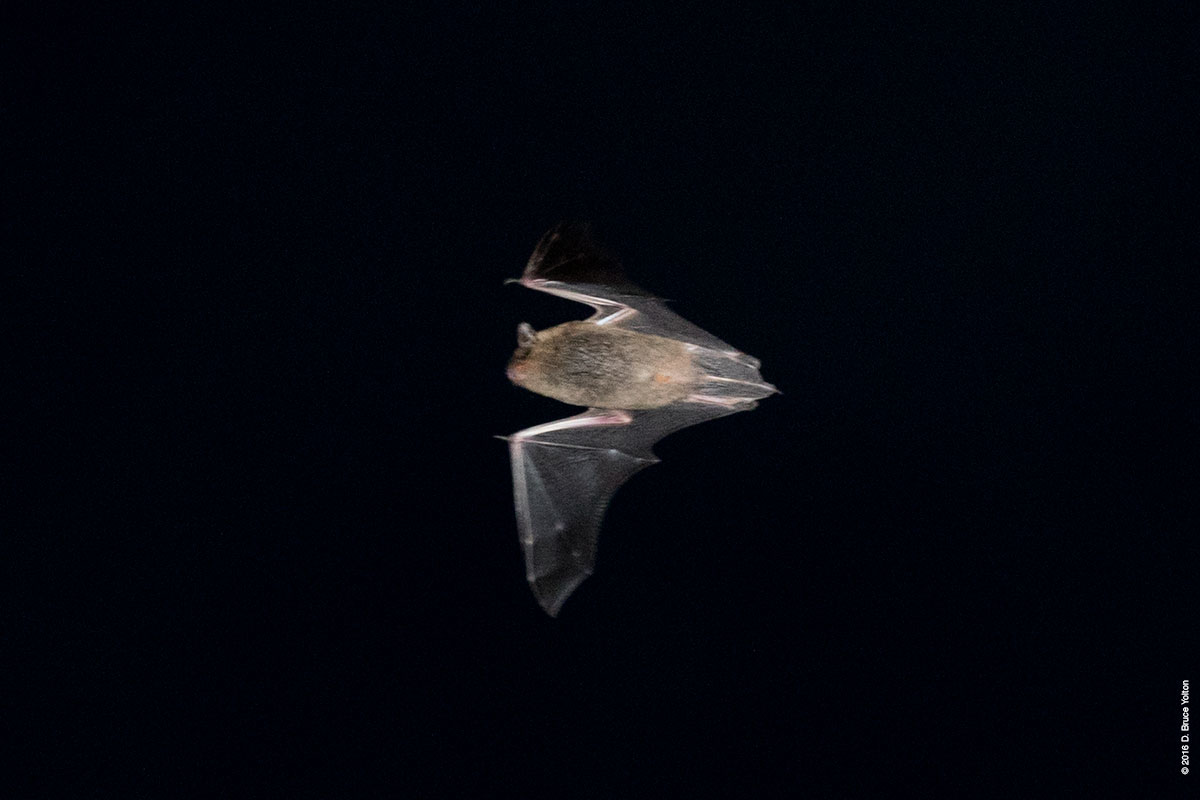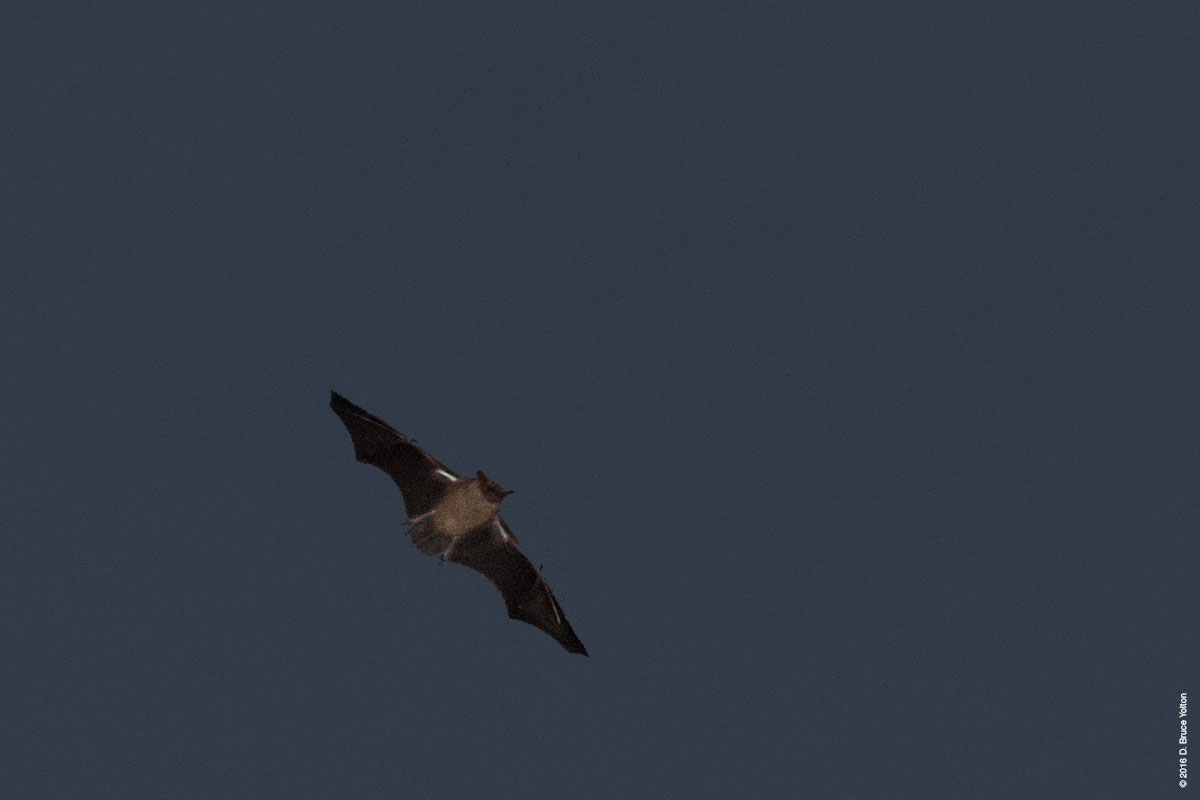Model Boat Pond Bats
Tonight there continued to be a large number of bats at dusk flying around the Model Boat Pond.
(Pale Male roosted on a building a block south of his nest. He’s done this two other nights this week.)










Tonight there continued to be a large number of bats at dusk flying around the Model Boat Pond.
(Pale Male roosted on a building a block south of his nest. He’s done this two other nights this week.)










My study of the bats at the Model Boat Pond in Central Park continues. I used a flash to photograph the bats tonight. I was able to get a few good shots of the bats. I think it’s going to take me weeks to learn how to shoot these bats!
There were one or two Silver-haired Bats in with the mix of Eastern Red Bats and Big Brown Bats.














I’ve somehow become addicted to watching the bats at dusk in Central Park at the model boat pond. I even invested in a Echo Meter Touch bat detector so I can see spectrograms of the bat’s echolocation sounds. The detector is identifying (with 80% certainty) an almost even mix of Eastern Red Bats and Big Brown Bats. The Eastern Red Bats appear earlier in the evening followed by the Big Brown Bats.
Walking around the lake and out the west side of the park, I was able to detect two more Eastern Red Bats and two more Big Brown Bats tonight.



















Another day trying to capture photos of bats at the Model Boat Pond in Central Park. They’re a lot harder to photograph than Red-tailed Hawks!











This time of year, if you sit near the hawk bench at the Model Boat Pond at dusk, you’ll see lots of Chimney Swifts feeding. But as it gets darker, almost like magic, there are fewer and fewer swifts and in their place you’ll see bats.
Using a “bat detector” to monitor the pitch of the echolocation sound, I discovered the bats are primarily two species, Eastern Red Bat and Big Brown Bat.










For 24 hours on Monday and Tuesday, the Central Park Conservancy and the Macaulay Honors College at CUNY hosted a BioBlitz studying the flora and fauna of Central Park.
On Monday night I had the privilege of taking a small group of CUNY students around the North Woods looking for nocturnal birds. Our targets were Black Skimmer, any owl, Nighthawks, Nightjars, and Night-Herons.
August is a tough time to see owls in the park, especially since the Eastern Screech-Owls reintroduced in 1999 and 2002 are no longer in the park. The other birds are tough to find at night on a good day, especially up north. So, we only ended up seeing sleeping waterfowl — Mallards, a few domestic ducks and a Canada Goose. Outside of birds, we also saw a few Eastern Racoons, some Brown Rats and heard a Bull Frog.
After our survey work was done we joined up with Dr. Rodrigo Medellín’s bat team. Both Eastern Red Bats and Silver-haired Bats had been captured in mist nests, so the students got a chance to see the bats up close. While I always see lots of bats hunting at dusk during the summer in Central Park, this was my first opportunity to see them up close.
Kudos to both the Central Park Conservancy and the Macaulay Honors College who did a fantastic job organizing a great learning event for hundreds of NYC college students.









